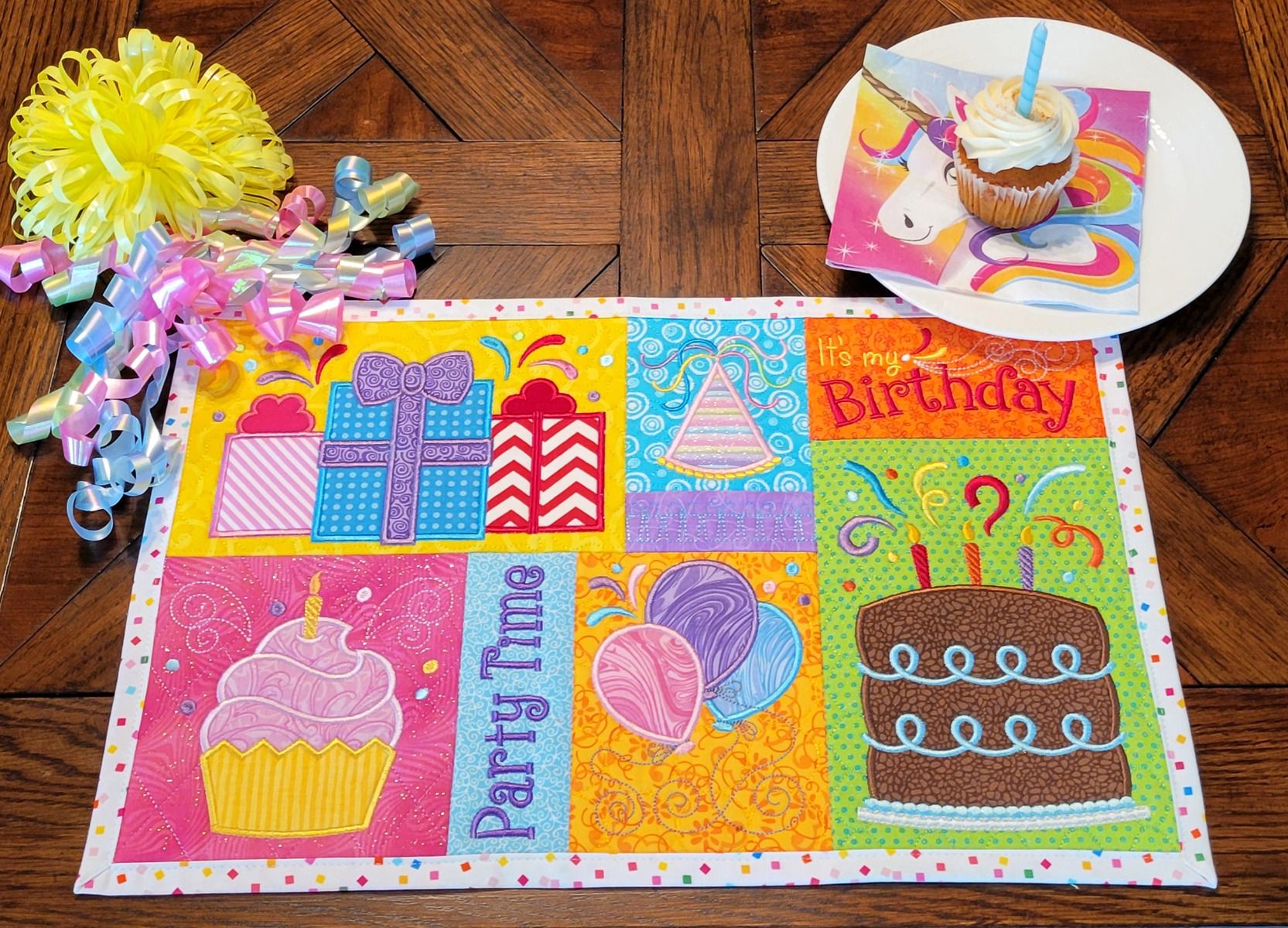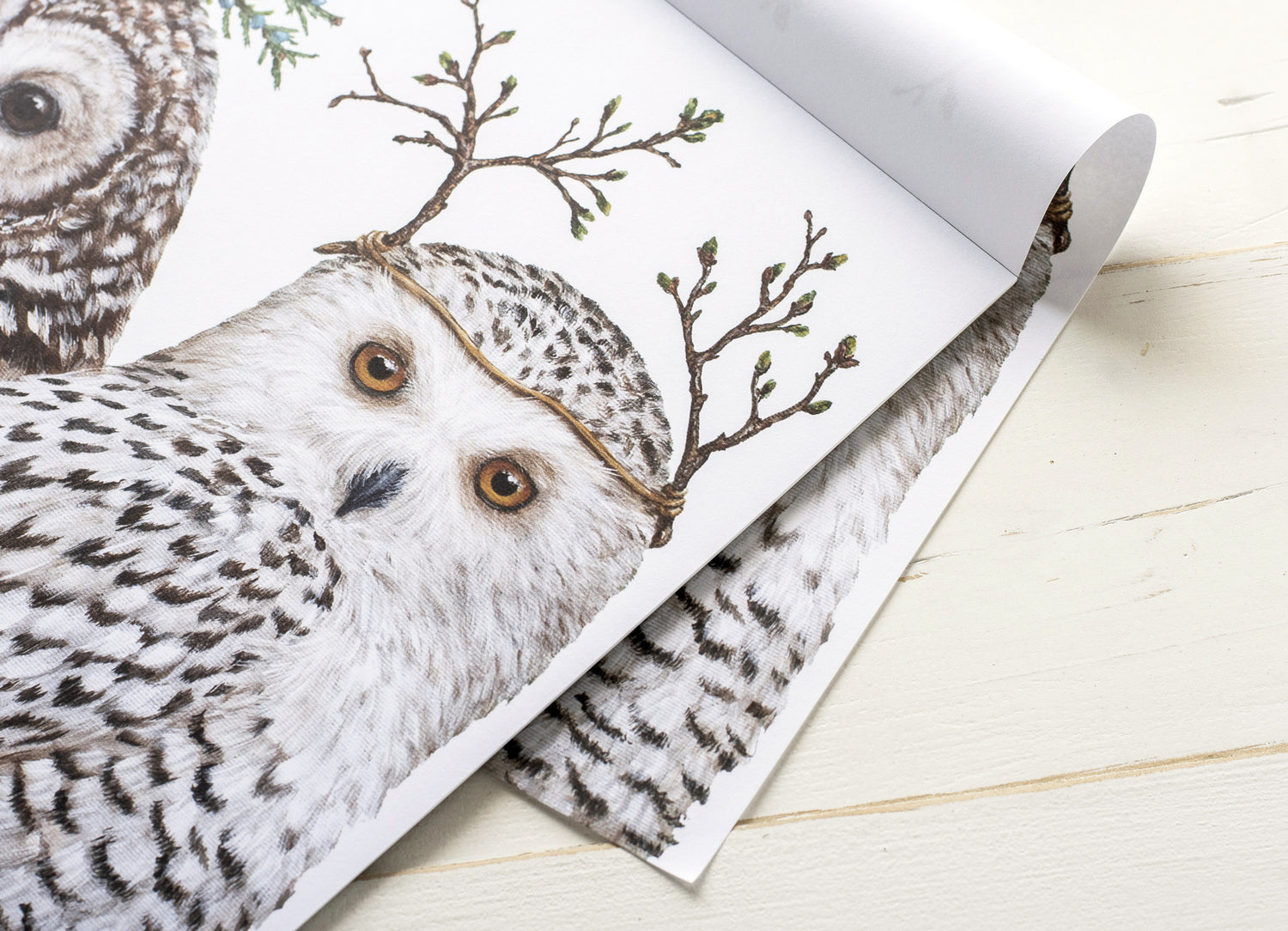Individualize Your Area with the Individuality of Cushion, Placemat, and Mug Art
Individualize Your Area with the Individuality of Cushion, Placemat, and Mug Art
Blog Article
Infuse Your Home With Design: Discover the Magic of Cushion Art
In the realm of interior decoration, the often-overlooked component of cushion art holds the power to change a room from ordinary to fascinating. Paddings not just provide comfort yet likewise work as functional items of decoration that can infuse individuality and style right into any kind of space. From vibrant prints to intricate needleworks, the realm of padding art is huge and differed, offering unlimited opportunities for elevating your home's visual. As we explore the nuances of including pillow art right into your home, you will certainly uncover the magic that these seemingly straightforward devices can bring to your design plan (artwork).
Advantages of Integrating Padding Art

Furthermore, pillow art supplies a possibility to introduce a pop of shade or a touch of appearance to your style, adding to a well-coordinated and cohesive design scheme. By tactically placing paddings with artful layouts on chairs, beds, or couches, you can create an unified visual circulation and link with each other different components within the space.
Not only do decorative paddings improve the visual charm of a room, however they likewise offer useful benefits - cushion art. The soft qualities and support given by pillow art can considerably enhance the convenience degree of seating locations, making them welcoming and relaxing places for relaxation or socializing
Picking the Right Layouts
To maximize the visual and comfort benefits of cushion art in your space, picking the right layouts is important for attaining a visually attractive and cohesive decoration system. When choosing pillow layouts, think about the existing shade palette and style of your room to ensure a harmonious look. Choose patterns and colors that enhance or contrast with your furnishings and wall surface colors to develop aesthetic rate of interest.
Furthermore, consider the state of mind you want to stimulate in the space. For a cozy and welcoming feeling, consider plush structures like velvet or fake hair in cozy tones. If intending for a more smooth and contemporary look, geometric patterns and vibrant shades can add a modern touch to your decor. Lotus Flower Cushions. cushion art.
Remember to blend and match various styles to add deepness and dimension to your seating area. Play with varying appearances, sizes, and forms to develop a dynamic and aesthetically stimulating plan. By meticulously selecting cushion styles that reverberate with your style and room, you can boost your home decor and instill it with individuality and flair.
Mixing and Matching Patterns
When mixing and matching patterns in pillow art, it is necessary to consider the scale and design of each layout to develop a cohesive and visually attractive setup. To achieve an unified appearance, start by selecting a dominant pattern that will certainly act as the centerpiece. This could be a strong geometric print, a timeless red stripe, or a flower theme. When you have your dominant pattern picked, present additional patterns that match instead of take on it. These second patterns can differ in scale however needs to share similar colors or styles with the leading pattern.
To add deepness and interest to your pillow setup, take into consideration integrating a third pattern that varies in range from the very first 2. This pattern can function as a port, looping the different layouts in a cohesive way. Bear in mind to differ the dimensions of pillows with different patterns to develop aesthetic equilibrium. By complying with these standards and trusting your eye of what looks great together, you can understand the art of blending and matching patterns in pillow decor.

Designing Tips for Different Areas
Taking into consideration the diverse looks of numerous spaces, applying the principles of blending and matching patterns in padding art can boost the designing of each area with a touch of uniqueness and appeal. Decide for strong and lively patterns to create a focal factor within the area when styling living areas. Have fun with various structures and sizes to add depth and visual rate of interest to the area. For bedrooms, softer and a lot more subdued patterns can promote a feeling of tranquility and leisure. Take into consideration incorporating deluxe materials like velour for a comfortable touch. In dining areas, select paddings that are both trendy and practical, as these areas typically require easy maintenance. Neutral tones or geometric patterns function well here to complement the eating furniture. Home offices or research study rooms take advantage of cushions that enhance emphasis and efficiency. Choose for single patterns or streamlined styles to develop a conducive job environment. By tailoring pillow art to the particular demands and ambiance of each area, you can easily instill your home snappy and character.
Do It Yourself Cushion Art Concepts
Discovering innovative methods to produce personalized padding art at home can add a navigate to this site innovative and distinct touch to your space. One do it yourself idea is to utilize material paint or markers to draw or stencil your favored styles onto simple padding covers. This permits you to personalize your paddings to match your existing style or to produce a declaration piece. One more imaginative do it yourself option is to make your very own fabric appliques by eliminating forms or patterns from various fabrics and stitching or gluing them onto the cushion covers. This strategy includes texture and measurement to your pillows. For those that delight in embroidery, think about making jumble paddings making use of material scraps or old apparel. This lasting approach not just adds a customized touch to your area however also reduces waste. Additionally, try out tie-dye techniques or dip-dyeing can create eye-catching and fashionable layouts on simple white cushion covers. Welcome your creative thinking and give your home a distinct style with these DIY cushion art ideas.
Final Thought
In conclusion, integrating padding art right into your home decor can elevate the design and atmosphere of your living room. By picking the right styles, blending and matching patterns, and adhering to styling suggestions for various spaces, you can produce a visually enticing and natural look. Additionally, discovering do it yourself padding art ideas permits customization and imagination in your home decoration. Infusing your home with padding art can really transform and boost the total aesthetic of your living space (Tree of Life Art).
Whether you choose for bold, captivating patterns or refined, stylish motifs, pillow art can effortlessly elevate the overall ambiance of an area.
When mixing and matching patterns in padding art, it is necessary to take into consideration the range and style of each layout to produce a aesthetically enticing and natural arrangement. Bear in mind to vary the dimensions of pillows with different patterns to develop visual balance. By adhering to these guidelines and trusting your eye for what looks excellent together, you can understand the art of mixing and matching patterns in padding decoration.
Taking into consideration the diverse visual appeals of numerous spaces, using the concepts of mixing and matching patterns in padding art can boost the styling of each room with a touch of originality and charm. Peacock Art.
Report this page